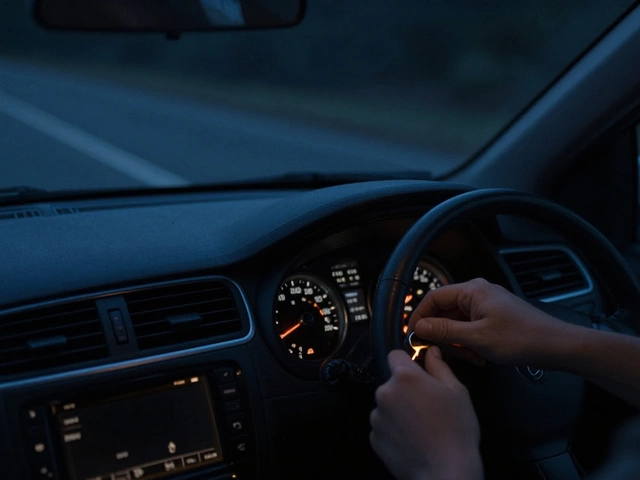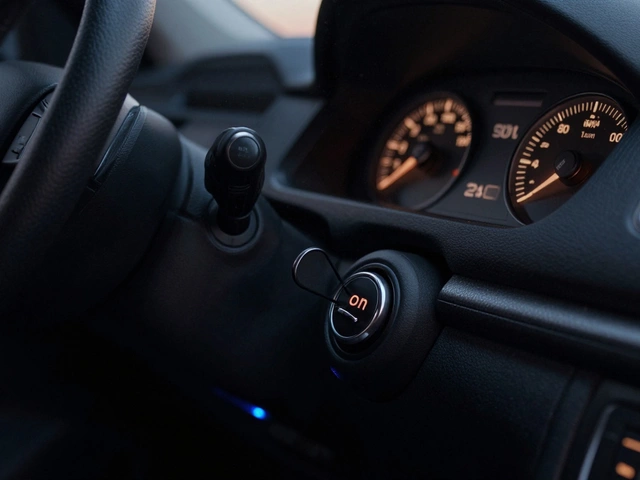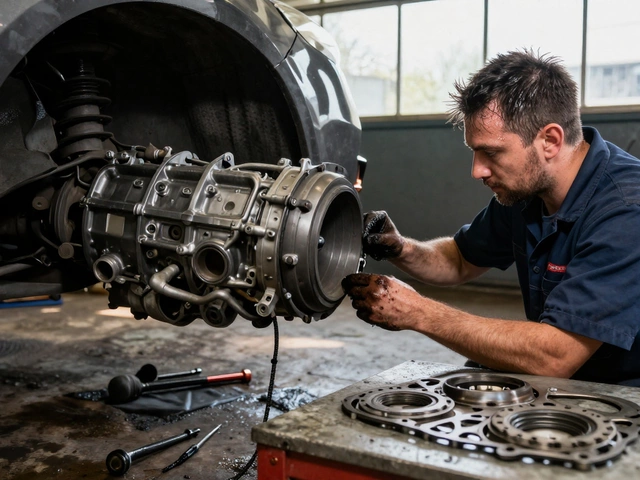Windshield Issues and Solutions: Cracks, Repairs, and Replacement Tips
When your windshield, the front glass panel of a vehicle that protects occupants and supports structural integrity. Also known as windscreen, it plays a critical role in safety, visibility, and even airbag deployment. cracks or chips, it’s not just a cosmetic issue—it’s a risk. A small stone chip can turn into a spiderweb crack in freezing weather, and a damaged windshield won’t hold up in a crash. Unlike side windows, your windshield is made of laminated glass: two layers of glass with a plastic layer in between. That design keeps it from shattering, but once the outer layer breaks, the whole structure weakens.
Many people delay repairs because they think it’s cheap to ignore. But a $50 repair today can become a $400 replacement tomorrow. Temperature swings, road vibrations, and even washing your car with cold water on a hot day can make a tiny crack spread. And if the damage is in your line of sight—especially near the driver’s side—it’s not just illegal in the UK, it’ll fail your MOT. You might also notice your windscreen wiper size, the length and shape of the rubber blades that clear water and debris from the windshield isn’t fitting right after a replacement. Wrong-sized wipers leave streaks or don’t reach the edges, reducing visibility in rain. That’s why knowing your exact wiper size matters as much as fixing the glass itself.
It’s not just about the glass. A cracked windshield can affect how your car’s sensors work—lane assist, automatic braking, and adaptive cruise control often rely on cameras mounted behind the windshield. If the glass is replaced poorly, those systems might not recalibrate properly. That’s why professional installation isn’t just about fitting a new pane—it’s about making sure your car’s safety tech still works. And if you’re replacing it, make sure the adhesive is cured correctly. Driving too soon after installation can cause leaks or even a full detachment at high speeds.
You’ll find posts here that cover how to spot early damage, what DIY fixes actually work (and which ones don’t), and how to avoid getting overcharged on a replacement. We also explain why some shops push full replacements when a simple repair would do, and how to read your vehicle’s manual to find the right windscreen wiper size for your model. Whether you’re dealing with a stone chip, a long crack, or foggy glass from old sealant, these guides give you real, no-fluff advice based on what actually happens on the road.
Don’t wait until your windshield fails an MOT or cracks during a cold snap. The fixes are simple if you act fast—but the cost climbs fast if you don’t. Below, you’ll find practical checks, cost comparisons, and step-by-step tips to keep your view clear and your car safe.





